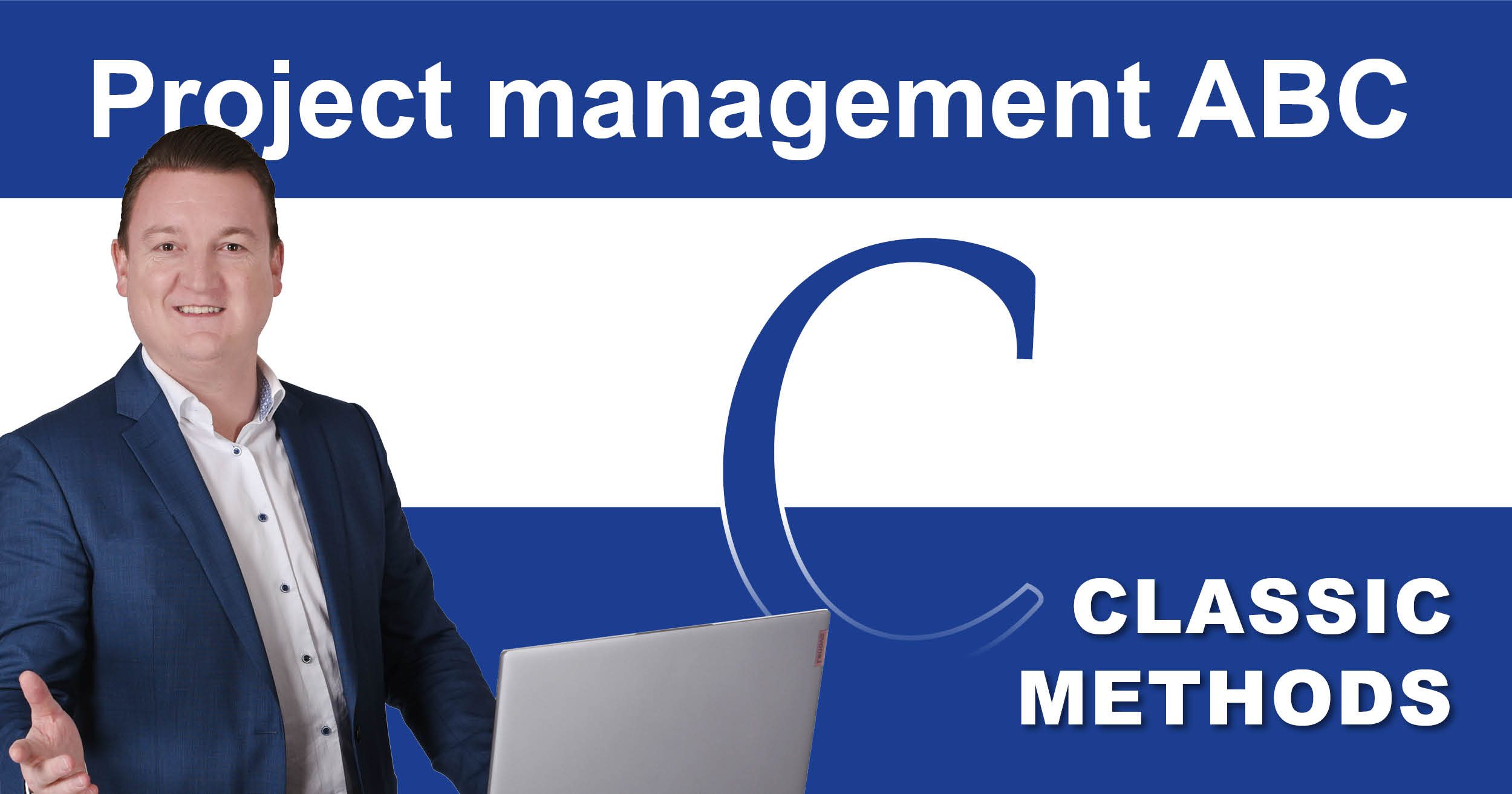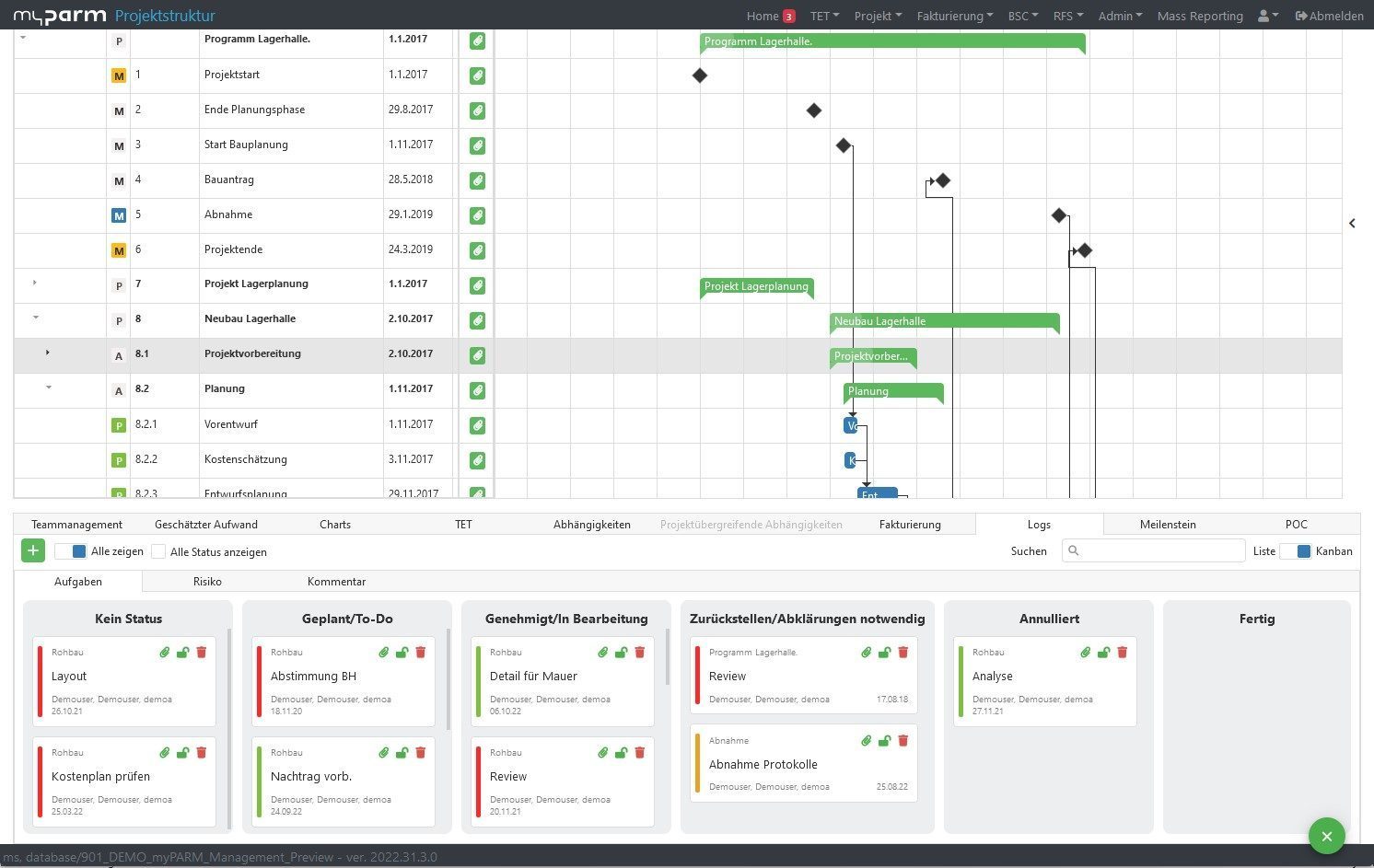Project Management ABC: K for Classic Project Management
What are the advantages and disadvantages and when does it make sense to use a classic approach?

Classic project management seems to have gone out of fashion, as more and more companies are working with agile processes such as Scrum or Kanban. However, this does an injustice to classic project management, because agile methods are not suitable for some applications or classic approaches even have to be used. Reason enough to take a closer look at classic project management and get to know it better.
How does classic project management work?
At first, classic sounds like something that is old and no longer modern. In project management, however, it refers to methods that do not belong to agile project management.
Just like in agile project management, there are different process models and methods in classic project management. However, these are usually characterised by the following features:
- Classical project management takes place in clearly defined phases with predefined results and requirements. These phases are usually project initiation, project planning, project implementation, including monitoring and control, and project completion. Depending on the type of project and the process model used, these phases can also differ.
- At the beginning of the project, a detailed end state is described and planned. The results of the project as well as benefits, costs, deadlines and resources are taken into account.
- An intensive planning phase takes place.
- Changes during the implementation phase are perceived as a disruption, as they often lead to project delays or higher costs. To avoid this, buffers are built into the project plan and risk and change management are practised.
- The focus is on adherence to the project plan.
>>In classical project management, a defined end state is set and planned at the beginning of the project. This means that the course of the project, results, deadlines, costs and resources are planned.<<
Advantages
- Planning reliability and fixed structures: With classical methods, a high degree of planning reliability can be achieved through predefined results, phases and steps, budget and resources. However, it should be borne in mind that for projects with a very long duration and increasing complexity, planning becomes less precise, as efforts have to be estimated.
- Easily manageable: The linear procedure with phases and milestones makes it easy to monitor and control the project.
- Easy communication: While in agile project management there must be constant consultation with the client, in classical project management a lot of communication is only necessary in the initialisation and finalisation phase to define the requirements and to accept the result.
- Clean documentation: In classic project management, a lot of emphasis is placed on documentation, e.g. the project order with defined requirements and specifications, the project plan and the preparation of status reports are an important part of classic approaches.
- Good organisation: Thanks to detailed project planning, resources, budget and time can be well allocated.
- Clear roles: Roles, tasks and responsibilities are clearly defined at the beginning of the project. This prevents misunderstandings.
Disadvantages
- Lack of flexibility: The focus of classical methods is on adherence to the project plan and changes should be avoided as much as possible. Therefore, there is hardly any flexibility.
- Inaccurate estimates: Very complex projects can be difficult to keep track of at the beginning, which can lead to errors in planning. These then show up in inaccurate estimates of effort and budget. This can lead to unwanted changes in the implementation phase.
- Few intermediate results: Since the project result is often only presented in one piece at the end of the project, errors may be noticed too late. They then have to be corrected in a time-consuming and costly manner.
Well-known methods
Two of the best-known process models of classic project management are the waterfall model and the V-model.
- Waterfall model:
The waterfall model is a linear process model with firmly defined project phases, each of which is run through once. Graphically, these phases are often represented in the form of a waterfall, e.g. with a Gantt chart. - V-model:
The V-model is a linear process model as well. In comparison to the waterfall model, however, test phases are added here, which are contrasted with the respective implementation phases. Therefore, the V-model can be used well for software development or for the development of products that can be broken down into sub-units or components. - Approaches such as PRINCE2 and PMI also belong to classical project management, as do milestone trend analysis, risk analysis or the network planning technique.
When does it make sense to use classic methods?
The chosen project management method should always fit the respective initial situation, the company and the project team. It should enable you to implement your respective project effectively and efficiently. Therefore, you should carefully consider which method is best suited before starting the project.
Classical project management is particularly useful if a fixed result is planned for a project right from the start and the requirements are clearly defined, such as in a construction project. So if requirements are available in detail at the beginning of the project or if the result is delivered “in one piece” at the end of the project without prior versions, as is often the case with physical objects, you can take full advantage of classic project management. Classical approaches are also mostly used for projects with strict legal requirements, as this ensures that fixed framework conditions are adhered to. In addition, the application makes sense when specific or strict documentation is required.
In contrast, the use of classical methods makes less sense if project results and requirements cannot be defined from the beginning, if frequent intermediate results are needed for coordination or if many changes are expected in the course of the project.
When choosing the right method for a project, however, you should also consider the knowledge, skills and preferred methods of your project staff. Often, employees who are used to working with one of the two approaches find it difficult to adapt to other methods.
Combination of classic and agile methods
Would you like to have the planning reliability of classic projects, but at the same time the speed and flexibility of agile project management? Then hybrid project management could be a solution for you. Here, methods and approaches from both worlds are combined.

Conclusion
In many areas, the application of classical methods makes sense, even if these methods are sometimes seen as outdated or not modern. Therefore, before starting a project, you should weigh up which approach is best suited for your particular project.
A project management software that can be used flexibly supports you in the application of different methods, for example in classic project planning with Gantt charts and phase control or agile Kanban boards. In this way, you can plan and implement your projects according to your specific needs.
More about the project management software myPARM:
Would you like to get to know myPARM in a demo presentation? Then make an appointment with us right away!
